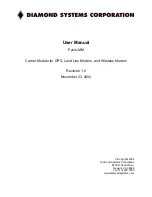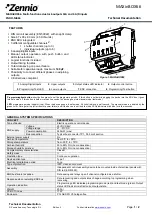
KGL Operating Manual – VS 3010 BS
2018-07-02
/
13 178
Check voltmeter just before use.
Establish absence of voltage on all poles at the disconnection point.
Establish absence of voltage on all poles at the place of work.
4. Ground and short-circuit: All electrical parts at the place of work must be grounded and then short-circuited.
5. Cover or shield live parts: If there is neighbouring live equipment in the work area, this must be covered
using appropriate materials (e.g. insulation blankets / insulating plates).
1.4.5 Electrostatic sensitive components and control components (ESD)
Electronic components and control components (e.g. circuit boards) are sensitive to electrostatic
charges. Therefore, the guidelines for handling electrostatic sensitive components and control
components must be strictly observed, see chapter 1.5.1.
All electrostatic sensitive components and control components (referred to as "ESD" below) are labelled with
the warning sign shown. Electrostatic charges arise from friction of insulating materials (e.g. floor covering,
items of clothing made of synthetic fibres etc.). Even small charges can result in damage to or destruction of
components. Damage cannot always be established directly, but partially does not result in failure until after a
certain operating time.
1.4.5.1 ESD - guidelines for handling
Only transport and store ESD in the protective packaging provided for this.
materials that can produce electrostatic charge such as
Avoid
plastic containers and tabletops
synthetic clothing
footwear with plastic soles
transparent covers
polystyrene packaging
monitors etc.
Wear
work clothing made of cotton
ESD footwear with electrically conductive soles or leather soles
Use
conductive floors
ESD work places with the tools provided for them (earthed soldering irons, earthing wrist strap and
similar)
conductive ESD bags, conductive plastic containers, IC rods or cartons with conductive foam
containers and worktops made of wood, metal, conductive plastics or paper bags.














































